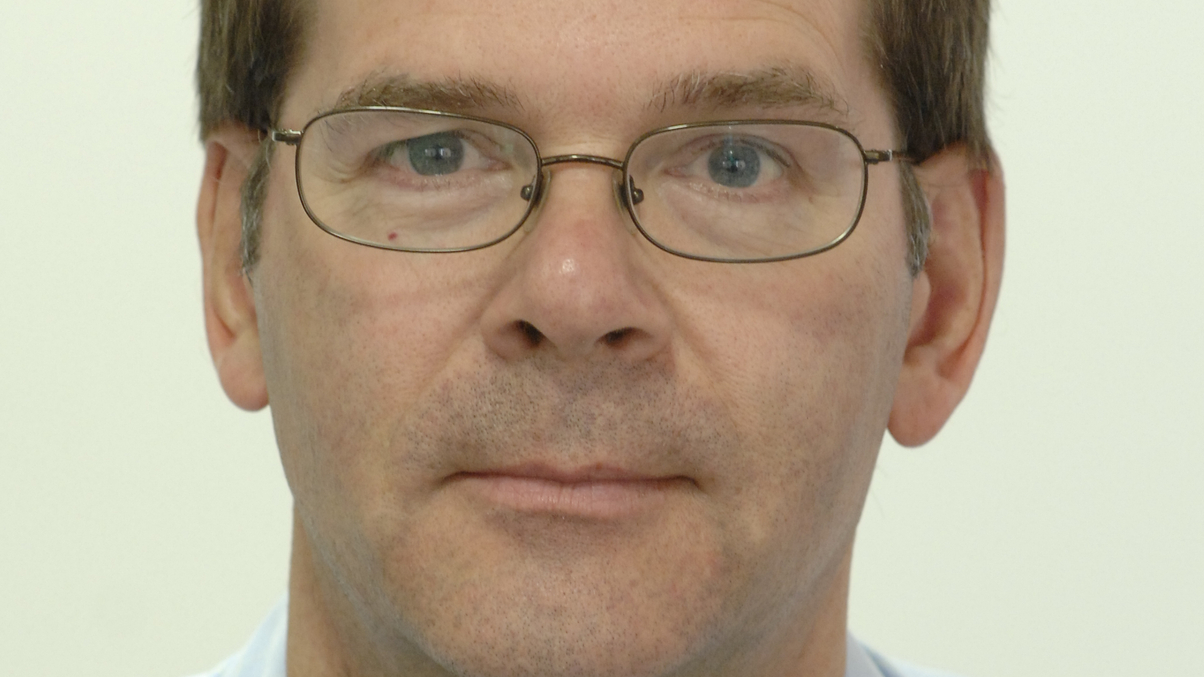Should FX be a core asset class?
UK-based Record Currency Management and Deutsche Bank think so, and say the case is stronger than ever for a greater allocation to foreign exchange, particularly for Asian and emerging currencies.

The currency market may be by far the biggest in the world in terms of volume and among the most liquid, but it remains relatively little used as a stand-alone investment class globally.
Sign In to Your Account
Access Exclusive AsianInvestor Content!
Please sign in to your subscription to unlock full access to our premium AI resources.
Free Registration & 7-Day Trial
Register now to enjoy a 7-day free trial—no registration fees required. Click the link to get started.
Note: This free trial is a one-time offer.
¬ Haymarket Media Limited. All rights reserved.


